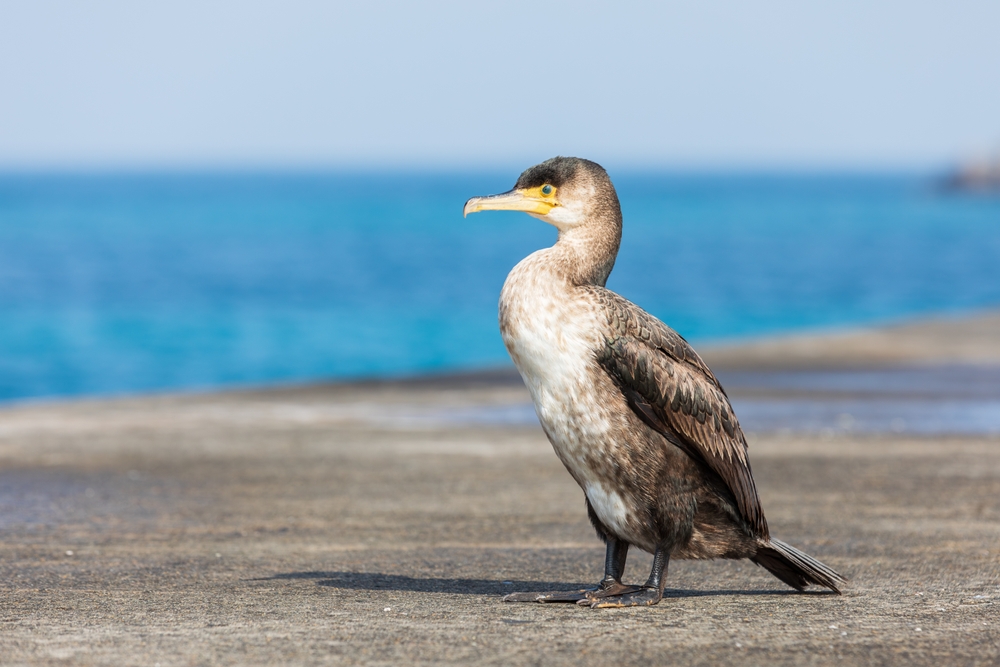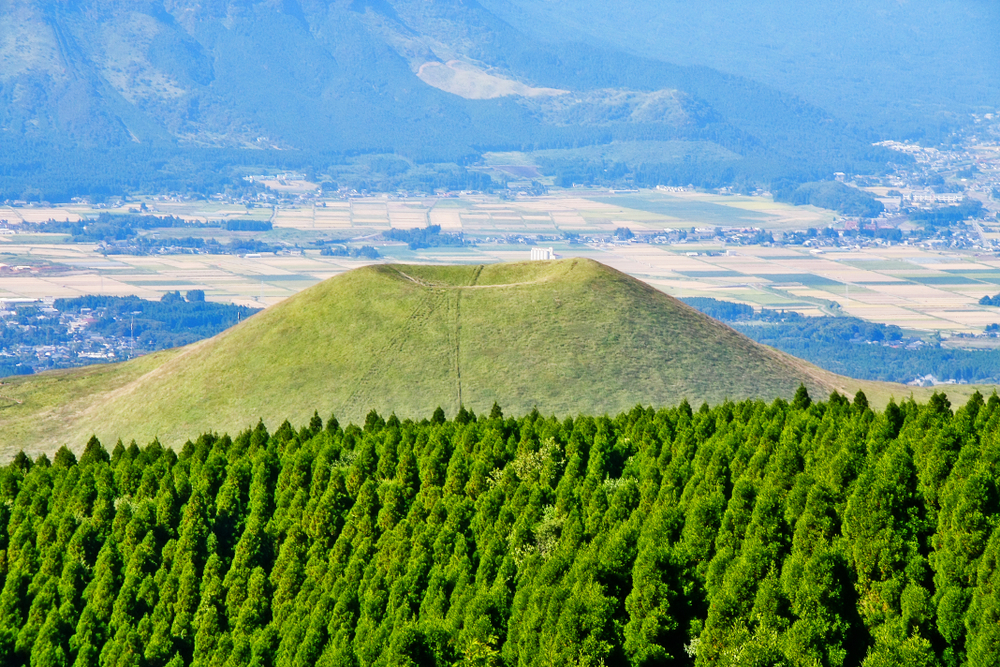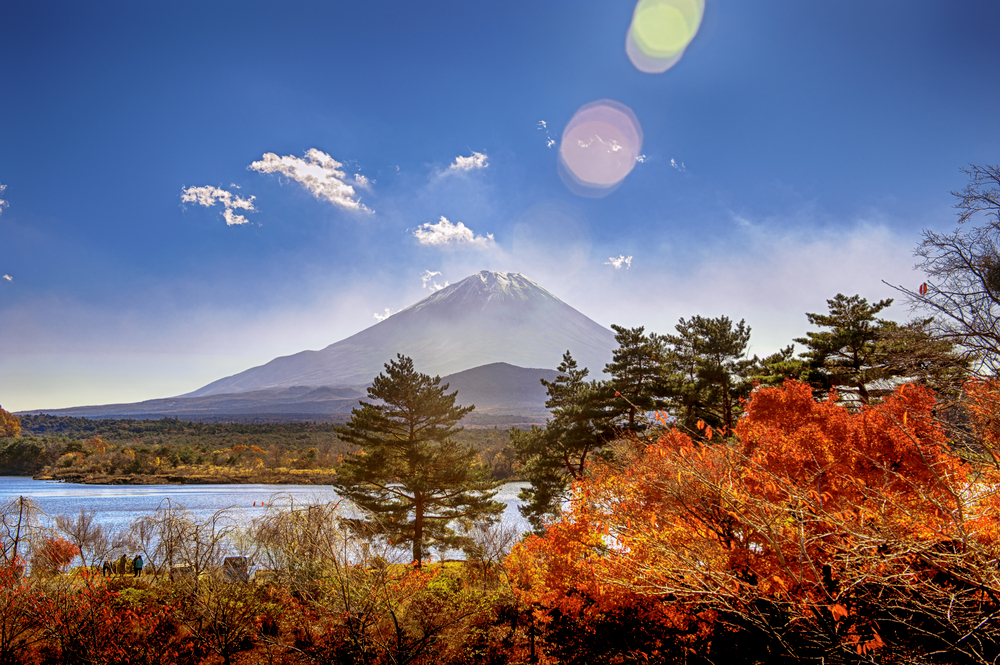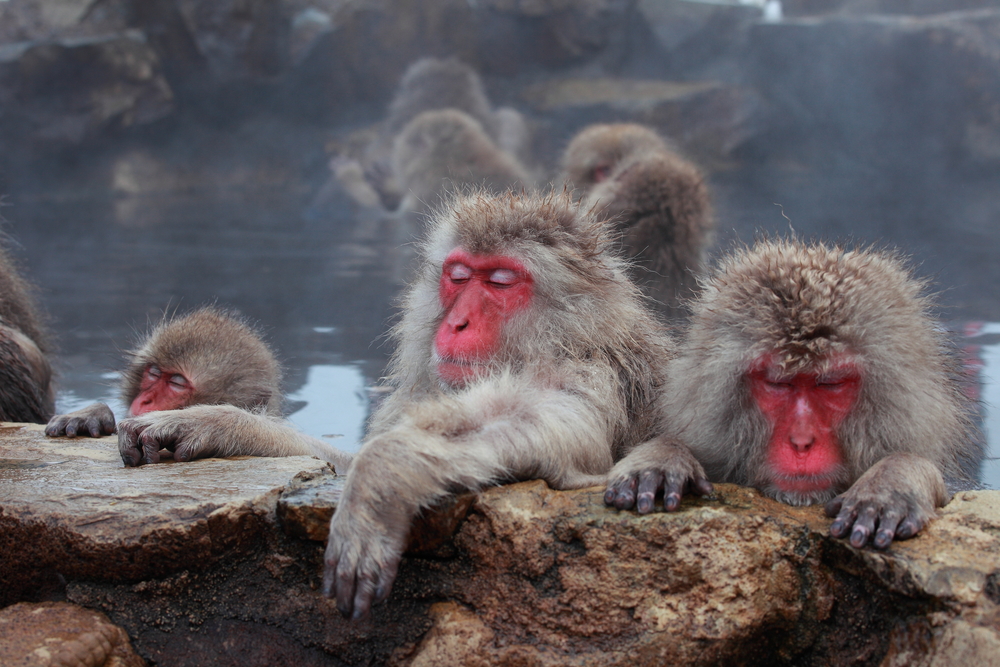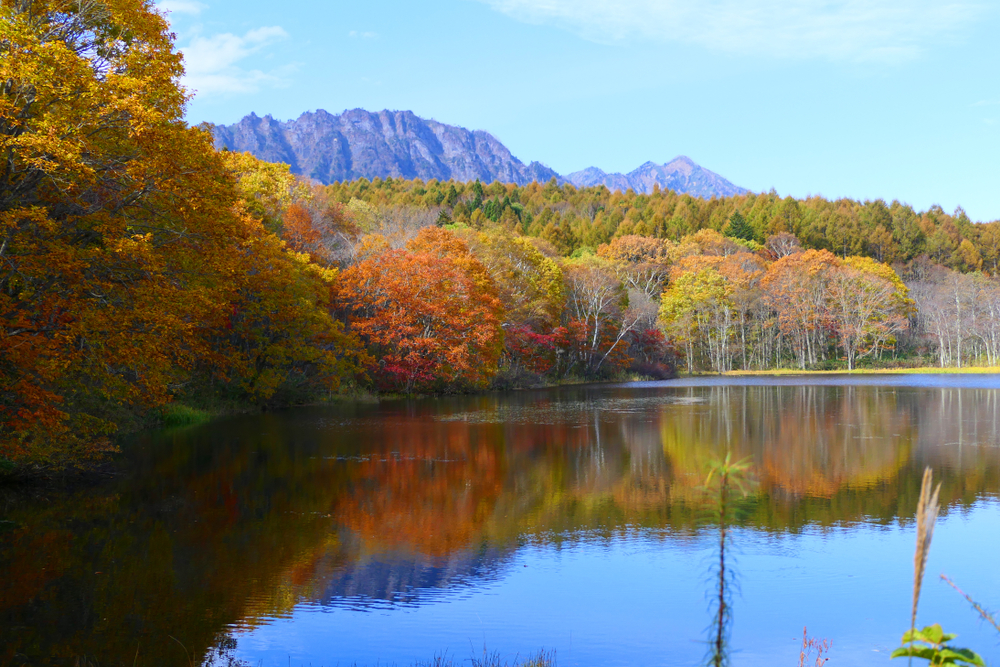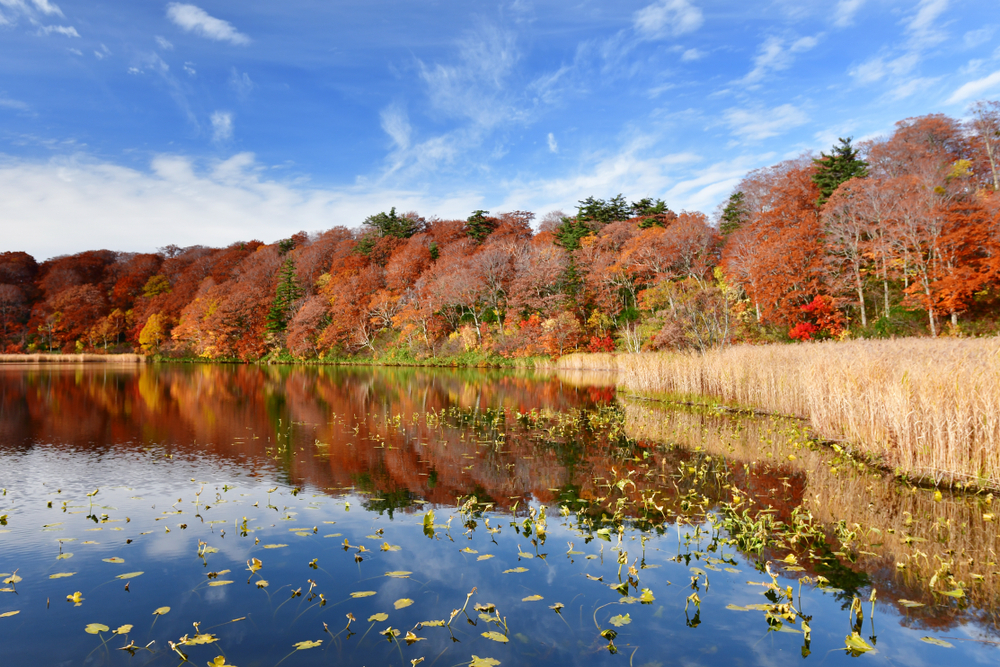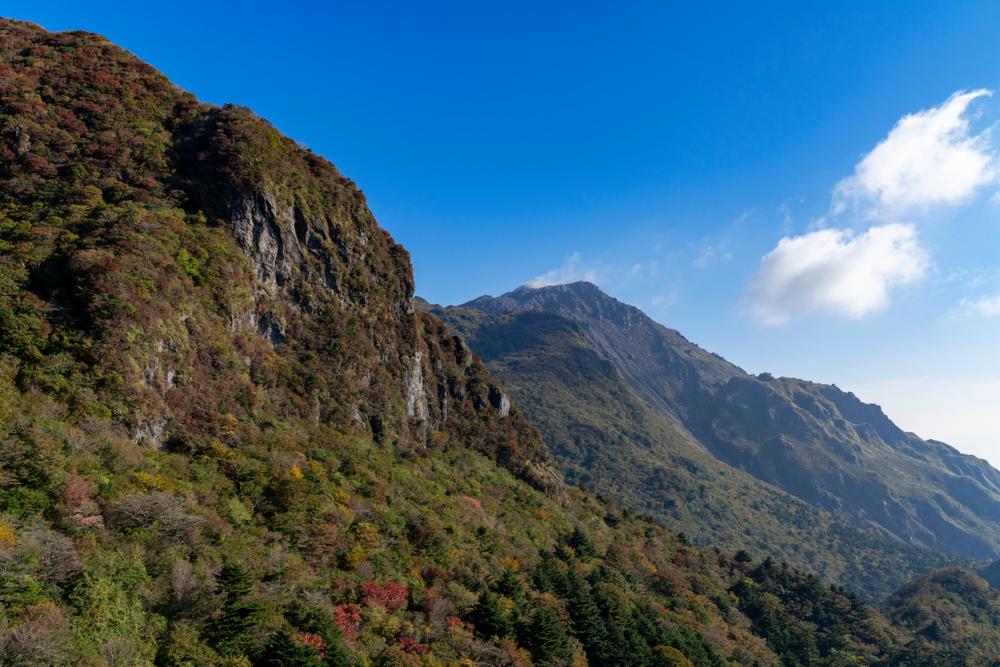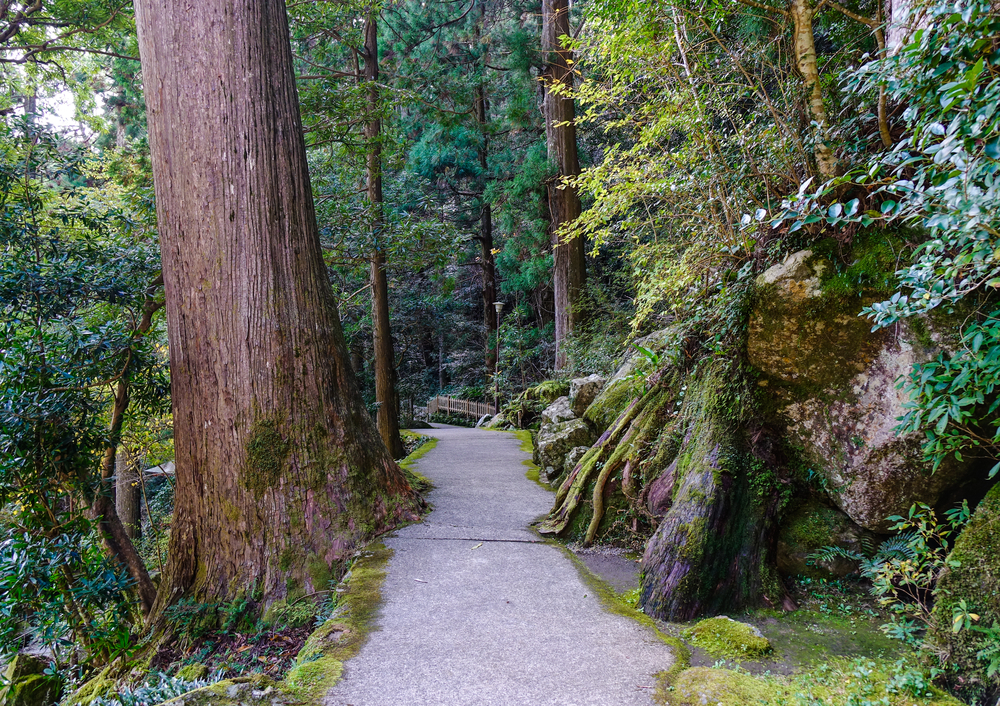Saikai Overview
Saikai National Park (西海国立公園, Saikai Kokuritsu Kōen) is a stunning coastal sanctuary located in Nagasaki Prefecture, Japan. Spanning approximately 157 square miles (406 square kilometers), this park is renowned for its intricate archipelago of over 400 islands scattered across the azure waters of the East China Sea. Established in 1955, Saikai National Park showcases a harmonious blend of lush forests, dramatic coastlines, and crystal-clear waters, making it a cherished destination for nature enthusiasts and adventure seekers alike.
The park’s terrain is as varied as it is breathtaking, characterized by rugged cliffs, serene inlets, and densely forested islands. The Kujukushima Islands, or “99 Islands,” are the park’s most famous feature, though the name is symbolic rather than literal, representing the countless small islands dotting the landscape. Visitors can marvel at the unique shapes of these islands, formed through millennia of volcanic and tectonic activity. The coastline is lined with pine and camphor trees, while inland areas boast evergreen forests interspersed with patches of subtropical vegetation. Seasonal changes bring bursts of color, from cherry blossoms in spring to fiery hues in autumn, enhancing the park’s visual splendor.
Wildlife enthusiasts will find Saikai National Park teeming with diverse fauna. The islands are home to an array of bird species, including the Japanese cormorant, grey-faced buzzard, and the endangered fairy pitta, making it a paradise for birdwatchers. The surrounding waters are equally vibrant, supporting a thriving marine ecosystem. Dolphins can often be seen frolicking in the bays, while coral reefs teem with colorful fish, crabs, and other marine life. On land, deer and small mammals such as raccoon dogs roam the forests, providing visitors with glimpses of the region’s rich biodiversity.
Saikai National Park offers an abundance of highlights for visitors. The Kujukushima Pearl Sea Resort serves as a gateway to the park, offering boat cruises that navigate the intricate waterways, providing unparalleled views of the islands. The Saikai Bridge and Shinsaikai Bridge are engineering marvels that offer panoramic vistas of the park. For those seeking adventure, hiking trails meander through the islands, offering varying levels of difficulty and leading to scenic overlooks. Kayaking, snorkeling, and scuba diving are popular ways to explore the marine life and coral reefs, while the park’s calm bays make for excellent fishing opportunities.
Conservation efforts are integral to Saikai National Park’s management. Authorities work tirelessly to balance tourism with the preservation of the park’s fragile ecosystems. Coral reef restoration projects and wildlife protection programs have seen notable successes in recent years, bolstering marine biodiversity and bird populations. However, challenges persist, particularly in combating the effects of climate change and invasive species. Continued collaboration between local communities, scientists, and park authorities remains vital to ensuring the park’s long-term sustainability.
Saikai National Park is a captivating mosaic of natural beauty, wildlife, and cultural significance, offering visitors an unforgettable experience of Japan’s coastal treasures.








































































